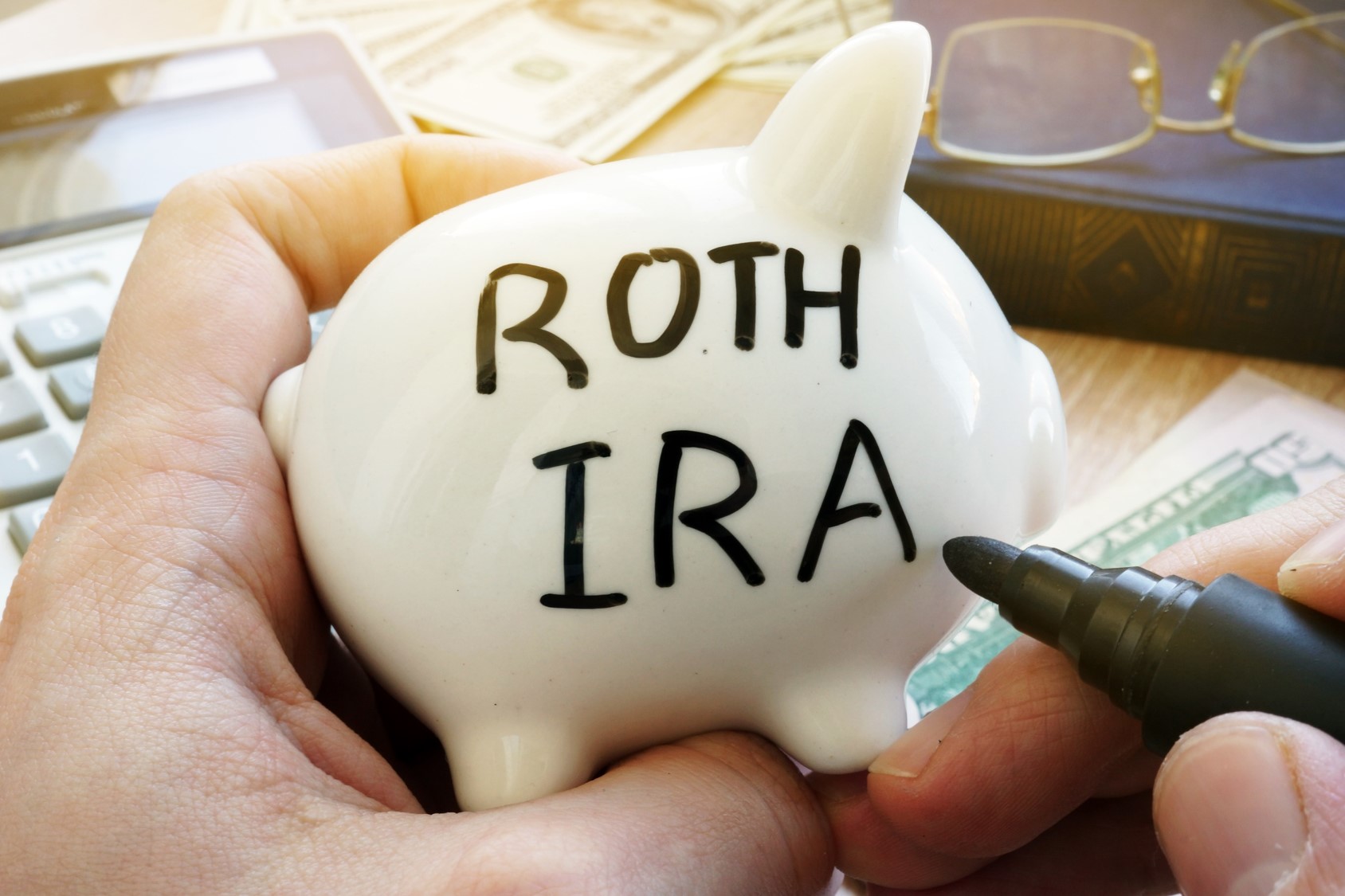The Backdoor Roth IRA
A move that high earners can make in pursuit of tax-free retirement income.5/14/2018
retirement planning
 Does your high income stop you from contributing to a Roth IRA? It does not necessarily prohibit you from having one. You may be able to create a backdoor Roth IRA and give yourself the potential for a tax-free income stream in retirement.
Does your high income stop you from contributing to a Roth IRA? It does not necessarily prohibit you from having one. You may be able to create a backdoor Roth IRA and give yourself the potential for a tax-free income stream in retirement.
If you think you will be in a high tax bracket when you retire, a tax-free income stream is just what you want. The backdoor Roth IRA is a maneuver you can make in pursuit of that goal – a perfectly legal workaround, its legitimacy further affirmed by language in the Tax Cuts & Jobs Act of 2017.1
You establish a backdoor Roth IRA in two steps. The first step: make a non-deductible contribution to a traditional IRA. (In other words, you contribute after-tax dollars to it, as you would to a Roth retirement account.)1
The second step: convert that traditional IRA to a Roth IRA or transfer the traditional IRA balance to a Roth. A trustee-to-trustee transfer may be the easiest way to do this – the funds simply move from the financial institution serving as custodian of the traditional IRA to the one serving as custodian of the Roth IRA. (The destination Roth IRA can even be a Roth IRA you used to contribute to when your income was lower.) Subsequently, you report the conversion to the Internal Revenue Service using Form 8606.1,2
When you have owned your Roth IRA for five years and are 59½ or older, you can withdraw its earnings, tax free. You may not be able to make contributions to your Roth IRA because of your income level, but you will never have to draw the account down because original owners of Roth IRAs never have to make mandatory withdrawals from their accounts by a certain age (unlike original owners of traditional IRAs).1,3
You may be wondering: why would any pre-retiree dismiss this chance to go Roth? It comes down to one word: taxes.
The amount of the conversion is subject to income tax. If you are funding a brand-new traditional IRA with several thousand dollars and converting that relatively small balance to a Roth, the tax hit may be minor, even non-existent (as you will soon see). If you have a large traditional IRA and convert that account to a Roth, the increase in your taxable income may send you into a higher tax bracket in the year of the conversion.2
From a pure tax standpoint, it makes sense to start small when you create a backdoor IRA and begin the process with a new traditional IRA funded entirely with non-deductible contributions. If you go that route, the Roth conversion is tax free, because you have already paid taxes on the money involved.1
The takeaway in all this? When considering a backdoor IRA, evaluate the taxes you might pay today versus the tax benefits you might realize tomorrow.
The taxes on the conversion amount, incidentally, are calculated pro rata – proportionately in respect to the original, traditional IRA’s percentage of pre-tax contributions and earnings. If you are converting multiple traditional IRA balances into a backdoor Roth – which you can do – you must take these percentages into account.1
Three footnotes are worth remembering. One, a backdoor Roth IRA must be created before you reach age 70½ (the age of mandatory traditional IRA withdrawals). Two, you cannot make a backdoor IRA move without earned income because you need to earn income to make a non-deductible contribution to a traditional IRA. Three, joint filers can each make non-deductible contributions to a traditional IRA pursuant to a Roth conversion, even if one spouse does not work; in that case, the working spouse can cover the non-deductible traditional IRA contribution for the non-working spouse (who has to be younger than age 70½).1
A backdoor Roth IRA might be a real plus for your retirement. If it frustrates you that you cannot contribute to a Roth IRA because of your income, explore this possibility with insight from your financial or tax professional.
The biggest weakness is not having a plan at all. How many households save for retirement with a number in mind – the dollar figure their retirement fund needs to meet? How many approach their retirements with an idea of the income they will require? A conversation with a financial professional may help to clear up any ambiguities – and lead to a strategy that puts new focus into retirement planning.
talk to a Vermillion Financial Advisor today.
Need help planning your retirement? Have you saved enough to live your desired lifestyle in retirement?
Call Now Request Consultation (COMPLIMENTARY, NO-OBLIGATION, INITIAL CONSULTATION)

